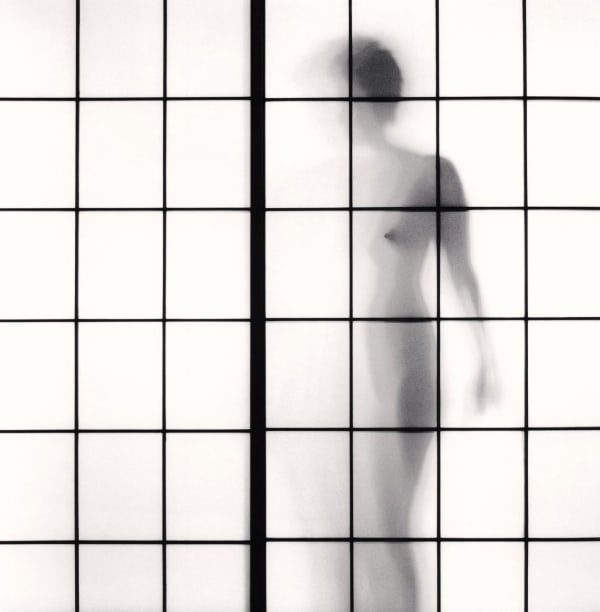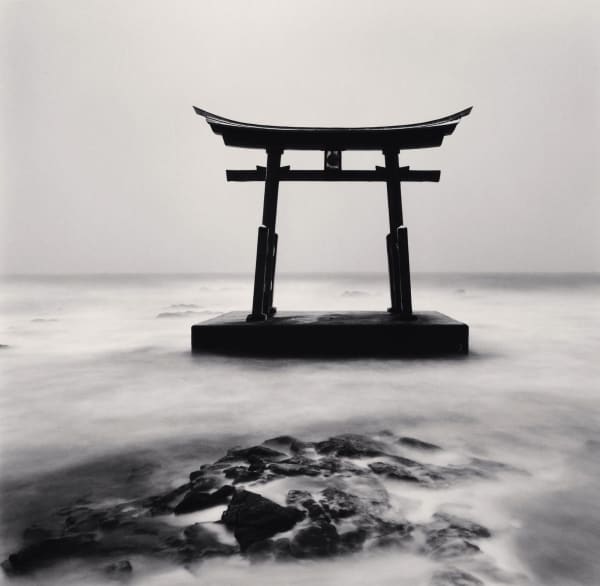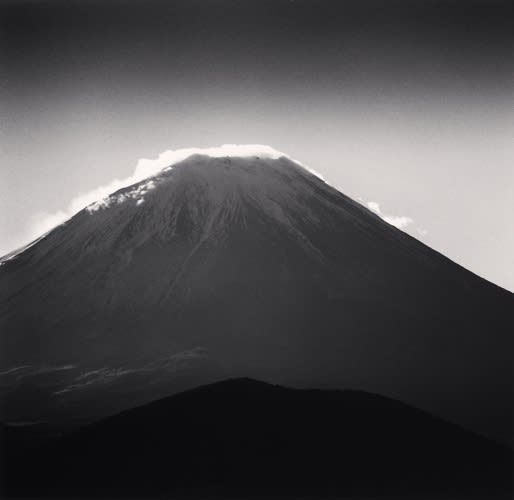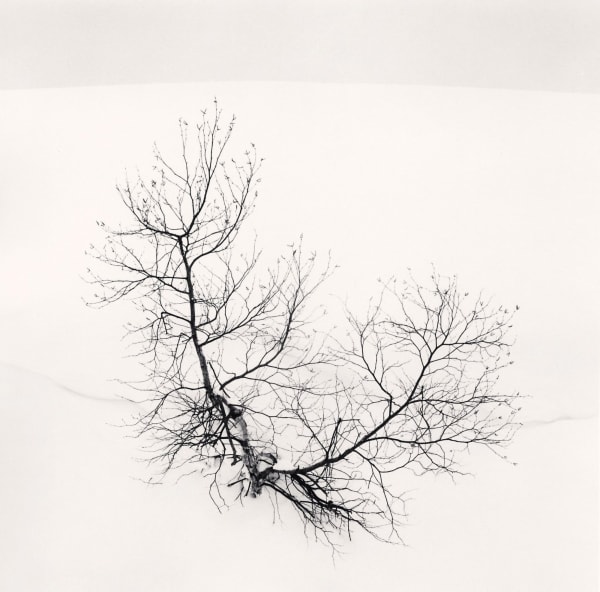-
MICHAEL KENNA
NUDES AND LANDSCAPES -
Photographer Michael Kenna is perhaps best known for the atmospheric, lyrical nature of his black and white photographs. This time, his work is presented through two seemingly unconnected motifs – nudes and landscapes. Yet the presented photographs are connected by more than just visual homogeneity, established by the author through uniform formats and a consistent use of monochrome, analogue technique. Nudes and landscapes together form a coherent narrative about Kenna's subjective, poetic and spiritual view of the world, finding similar beauty in both the bends of trees and curves of nude bodies.
-
Kenna described his photographs as »visual haikus«- instead of offering the viewer a clear, detailed description of what is depicted, he only wishes to suggest an existence of something vague or incomprehensive. The images represent his escape from the bustle of everyday life. caught on film are moments of silence and tranquility, often shot in the early hours of dawn or in complete darkness of the night. His photographs aren't depictions of what he sees before him, but rather a meditation on what is presented and a dialogue with beings and objects in front of his lens. Moments are captured spontaneously, he prefers not to prepare ahead. Calm and patience, which literally resonate from his photographs, are Kenna's modus operandi on his long walks and explorations, often of foreign lands.
-
As may be deduced from the comparison of his photographs to haikus, Kenna is especially fascinated by Japan, where he spent a pertinent part of his life. Influential was their concept of zen, a philosophy of balance, calm and wisdom drawn from nature. A person can attain inner peace only through a harmonious co-existence with their environment and a spiritual symbolism. Zen influenced Japanese culture, aesthetics, religion and even politics, and is considered a Japanese phenomenon.Its language is noticeable in Kenna's images. Subjects are presented in the minimalist, stark visual language of Japan, while nature and landscape are shrouded in mystery and enigma. From mount Fuji, rising above hills wrapped in fog, to Torii gates that appear as if by magic out of watery clouds. The language of Japanese poetry (haikus often accompany his photographs in publications and exhibitions) is unmistakable.
His landscapes often have a fairy-tale, magical or surreal appearance because of Kenna’s long exposure times, a specialty of his work. His exposures often last through the entire night, the photographer patiently waiting for the perfect photograph. Night-time shots, which often appear mysterious without an obvious source of light (the Sun), interest him precisely because of the potential of containing the unseen, unknowable, something not perceived by the human eye. The world changes during long exposure times. Trees grow, clouds drift across the sky, birds migrate, rivers rush towards the sea. Processes that are permanent and unchangeable, yet invisible to the human eye. It is that which he wants to convey in his works, to expose the beauty and enigma of these mundane, humble moments. He considers understanding the technical aspects of photography and mastering the camera an extremely important part of the work. He is a master of his Hasselblad analogue camera, and through masterful exposure manages to coax soft greys, deep blacks and stark whites out of objects. He develops the photographs himself in his darkroom on silver gelatin paper. Kenna considers the very process of developing photography very intimate and personal – the “personal touch” is important both in relation to his photographed subjects as well as the final developing of film.
-
And where is the connection between Kenna’s nudes and landscapes? In the soft, lyrical visual effect of both, often making them appear abstract. The arching peaks of Japanese mountain ridges, fading into the background in shades of grey, resonate in the gentle curves of the bare female body. Nudes are composed, sensual, and shot with all the appropriate dignity, which is often an elusive concept in the field of the photographic nude. Women pass in front of his lens as ghosts, as if he were recording fleeting moments or people, who are no longer there. On the other hand, he offers an alternative in the permanence of nature, its strength and durability, observed by the photographer in woods and snowy mountain tops. Precisely through the juxtaposition of two motifs as different as nudes and landscapes, Kenna portrays his attitude towards photography. Because a similar approach and even visual effect can be observed in both cases, he proves that what is in front of the camera is not important. What matters is the photographer’s own understanding of what is portrayed, whether they will maintain a dialogue with people and nature, and whether they can make us see the invisible.
-
MICHAEL KENNA: NUDES AND LANDSCAPES
Past viewing_room












